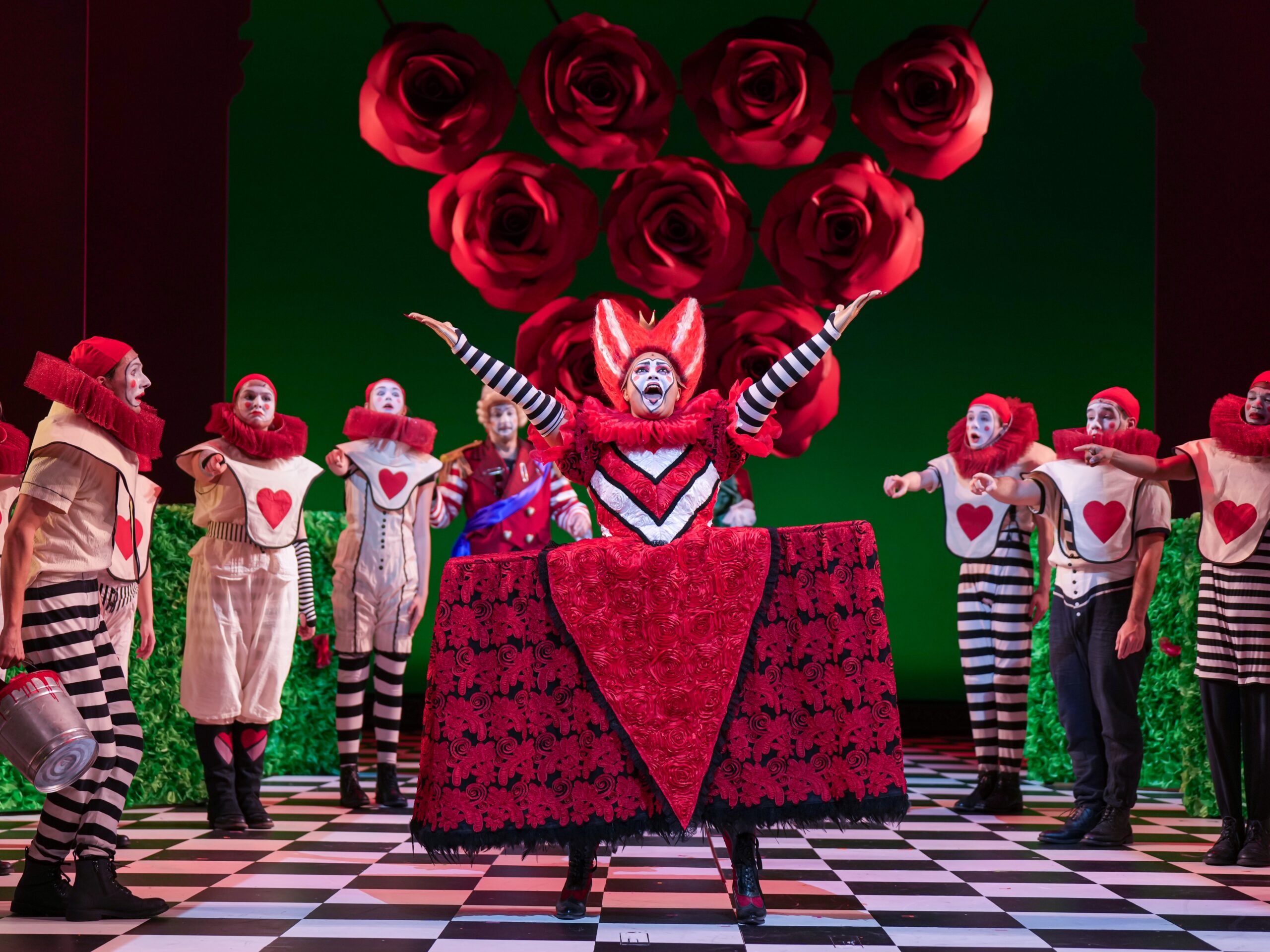
You’ve probably seen the story of Alice in Wonderland on the screen, in a book and maybe even in the form of a ballet.
This time, the 1865 Lewis Carroll classic has been adapted as an original production for the Children’s Theatre Company by Sharon Holland, with original music composed and performed by the one-man band of Victor Zupanc.
Adaptations and family-friendly content, in particular, have surged in popularity within theater companies due to the long effects of the COVID-19 pandemic: TommieMedia previously reported that many theaters are still struggling to make a comeback to pre-COVID ticket sales.
Theaters aren’t alone: movie executives are relying on existing intellectual properties more than ever, with sequels “Dune: Part Two” and “Kung Fu Panda 4” expected to help fill a box office void that is down 21.9% this year compared to this time last year.
It’s no surprise, then, why commercial theaters like the Children’s Theatre are relying on previously established content to fill seats.
“Alice” meanders through a plot you’re probably already familiar with: Alice falls down a hole and meets an ensemble of zany characters who ultimately help her discover the power of… dreaming? Having fun? Who cares, there’s cool puppets!
The technical elements once again prove to be the theater’s definitive superpower: ladders stand by themselves seemingly inconsiderate of gravity, characters are thrown off the stage and reappear seconds later and many a special effect make an appearance.
But it’s the book and plot that ultimately disappoint here. Too much relies on pseudo-British accents and characterizations that leave a little too much to the imagination.
Costume Designer G.W. Mercier does a great job on the fantastical elements, but a cluster of people wearing matching Crocs doesn’t exactly scream “caterpillar.”
And that’s not for the actor’s lack of trying. The ensemble leaves everything on the table by acting in extreme pantomime so you couldn’t miss a wink or smile at the audience if you tried. But recurring bits geared towards the under-18s of the audience get annoying after a while.
As for the plot, you’ll be lucky if you can get into the theater for the first 10 minutes of plot exposition. I — never a skilled parallel parker — got to the theater at 5 p.m. sharp and had to wait until 5:10 p.m. to be let into the theater due to a White Rabbit and some mimes running around the aisles of the theater.
This kind of audience involvement is often lauded as “progressive” but it reads to me as a trip or fall waiting to happen. Half of the actors, it seems, are in the audience aisles more than they are on stage.
Besides, if theater directors are so desperate to involve audience members in the nose-bleed seats of the second balcony, why don’t they lower ticket prices in exchange for some lower expectations? In fact, if I buy a ticket on the balcony, that probably means that I don’t want to have to smile awkwardly at the actors in the aisles à la the relationship you have with your waiter when the rest of your table can’t seem to show respect for service workers.
That’s all to say that shows like this are geared toward kids and their parents, and as someone in neither of those categories, I’m just not the target audience. Whether I even have a right to give my opinion is a question for the theater criticism industry as a whole. What do you think?
“Alice in Wonderland” runs at the Children’s Theatre Company until March 31, 2024.
Anya Capistrant-Kinney can be reached at capi2087@stthomas.edu.
